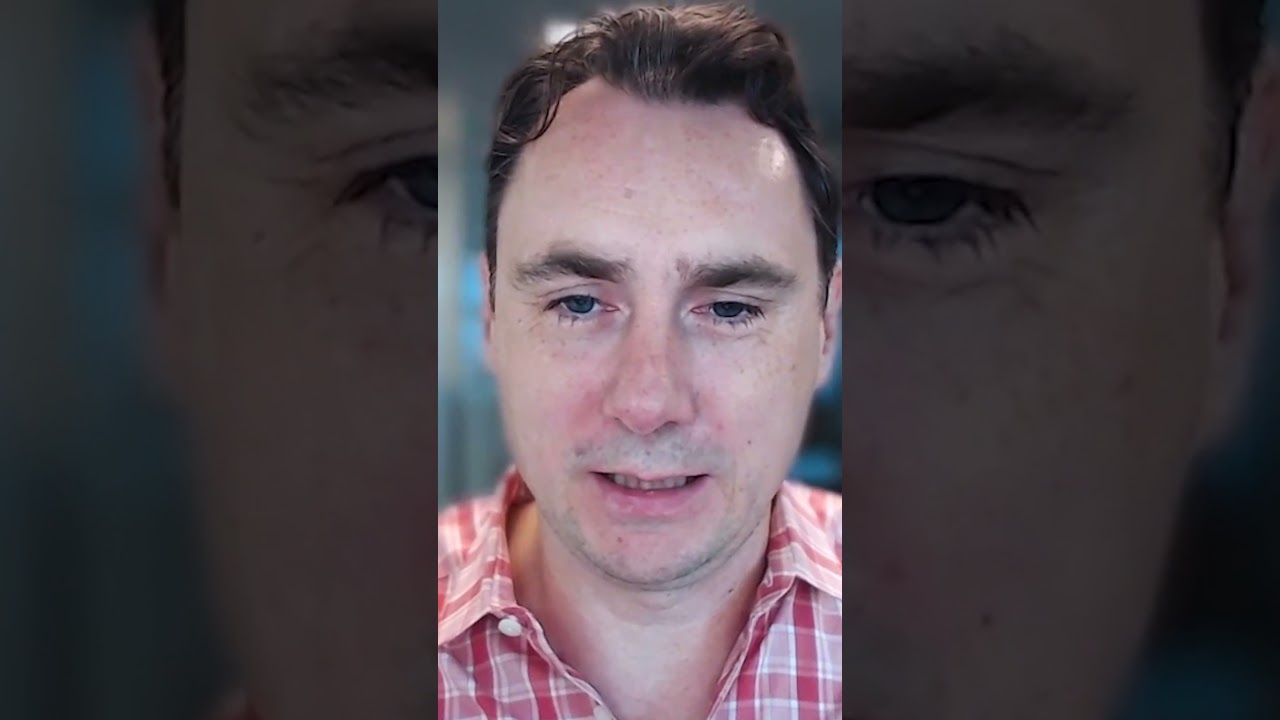The video explores the impact of artificial intelligence on the art world, highlighting the ongoing demand for unique, handcrafted pieces despite the rise of AI-generated art. It suggests a future where both automated and traditional artistry coexist, with a continued appreciation for the emotional connection and individuality found in unique artworks.
The video discusses the evolving landscape of art in an era increasingly influenced by artificial intelligence and automation. The speaker reflects on the current state of artistry and craftsmanship, noting that while automation is becoming more prevalent, there remains a significant demand for unique, one-of-a-kind art pieces. This suggests that despite the rise of AI-generated art, the human touch and individuality in art creation will continue to hold value.
The speaker draws parallels between the past and present, highlighting how certain forms of craftsmanship, like horse riding, have transitioned from essential modes of transportation to hobbies. This analogy serves to illustrate how unique art may also evolve in its significance, becoming more of a luxury or personal expression rather than a necessity. The idea is that as technology advances, the perception and role of art will shift, but the desire for uniqueness will persist.
Furthermore, the discussion touches on the concept of industrialization in art creation. The speaker posits that as automation allows for the mass production of art, the quality and accessibility of art will increase, leading to a higher standard in the art world. However, this raises questions about the authenticity and emotional connection to art that is produced in such a manner, as opposed to art created by individual artists.
The speaker emphasizes that while automation may dominate the art scene, there will always be a niche market for unique pieces that resonate with individuals on a personal level. This suggests a potential coexistence between AI-generated art and traditional artistry, where both can thrive in their respective spaces. The uniqueness of handcrafted art will likely continue to attract collectors and enthusiasts who value the story and emotion behind each piece.
In conclusion, the future of art in an AI world appears to be one of duality. While automation and industrialization will enhance the accessibility and quality of art, the intrinsic value of unique, handcrafted pieces will remain significant. As society adapts to these changes, the appreciation for both AI-generated and traditional art forms will shape the future landscape of creativity and expression.
